|
This is a monolingual brain. This is a brain on multiple languages. In a globalized society, it is a disadvantage to understand and speak a single language. Nations work together to solve problems as well as communicate and work alongside one another. Therefore, one who is able to speak and understand multiple languages has apparent advantages in communication over one who can not.
Let’s examine the brain, languages, and how this plays out in our classrooms. “There is something special about the languages we learn early in life”, research indicates.
Worldwide over 7,000 languages are spoken. While linguistic diversity is valued by many countries in the world, 40% of these languages are endangered. International Mother Language Day is celebrated on February 21st each year in an effort to shine a spotlight on the beauty and power of linguistic diversity and multilingualism. Last year this article was shared and greatly loved. This year, I'm adding to it to include one additional support.
Multilingual learners count on us to provide high-quality, comprehensible, and culturally responsive instruction in each lesson in every classroom. Here are 23 practical and efficient ways (in no particular order) we can support multilingual learners as they climb to become our future global leaders. *The terms multilingual, emergent bilingual, and English learner are used interchangeably in this article and also include the acronyms MLs, EBs, and ELs. About this time of year dozens of articles come out about how to support English learners during the summer so their English language development doesn’t regress. Many with good intentions recommend families push English as a main or pervasive language. Historically, it was thought that students that were learning English needed to shed their heritage language to “make room” for English. Now we know that theory is not true and that a heritage language supports the development of additional languages. So what should we advise caregivers to do at home over the summer to keep their children learning and prepared for the next school year?
Teaching multilingual children is a gift. It’s truly a joy. In my own classroom, I learned so much from my students, especially those that spoke more than one language.
Over the years, one thing I learned from experience as well as through professional learning is that each student deserves to be seen and served individually. No one size fits all approach works. While differentiation may seem daunting, it’s actually not that scary. Dr. Stephen Fleenor describes differentiation as “not creating individualized lessons...it is creating environments in which students at all different levels, all different proficiencies...can each thrive and each grow one level up in that lesson”. Dr. Fleenor offers two wise suggestions for creating of environments that offer differentiation: Recently I read a post on a Facebook group asking whether or not teachers allow their English learners to speak in their primary/native language in class. Now to me, there is no need to think about the answer. It's a no brainer. Do I allow my students to speak in their native language in class?
|
Categories
All
|
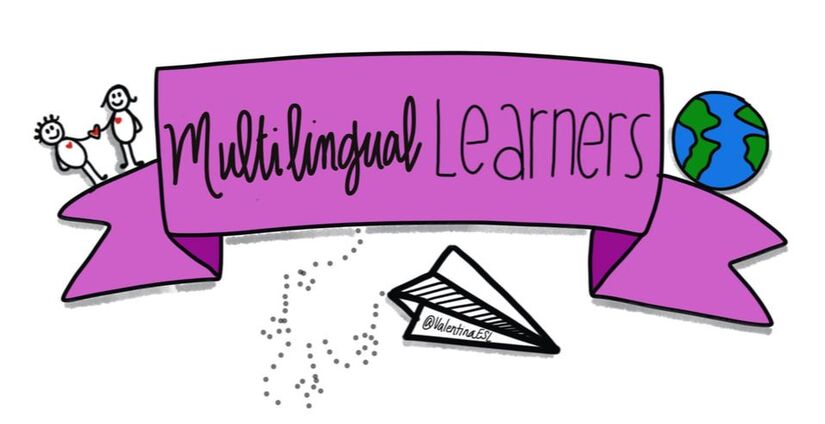
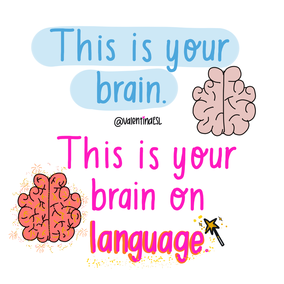
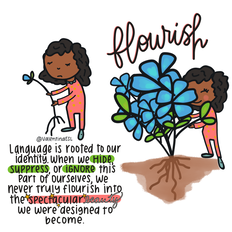
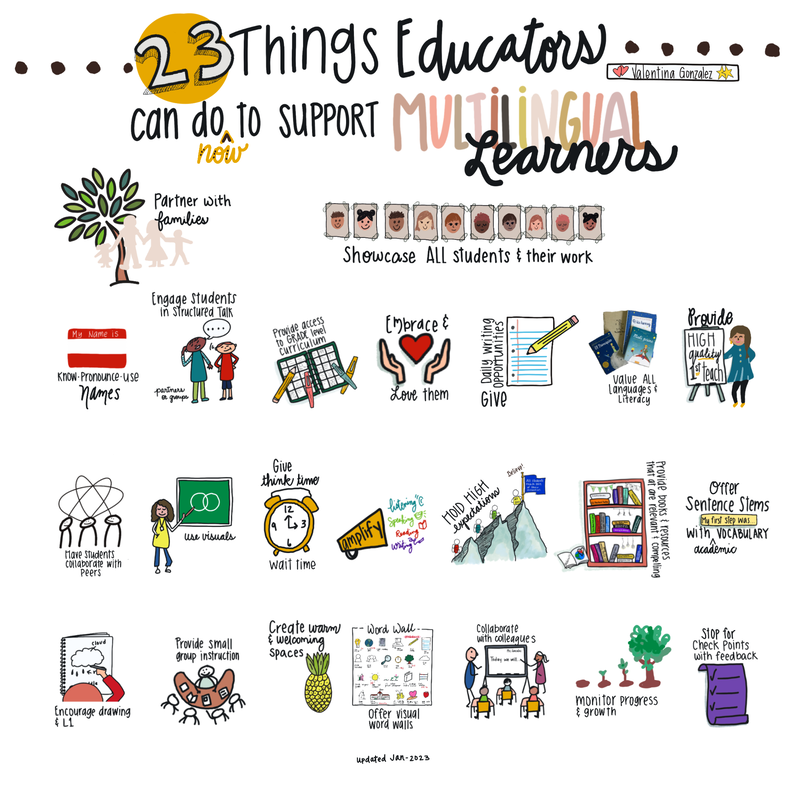
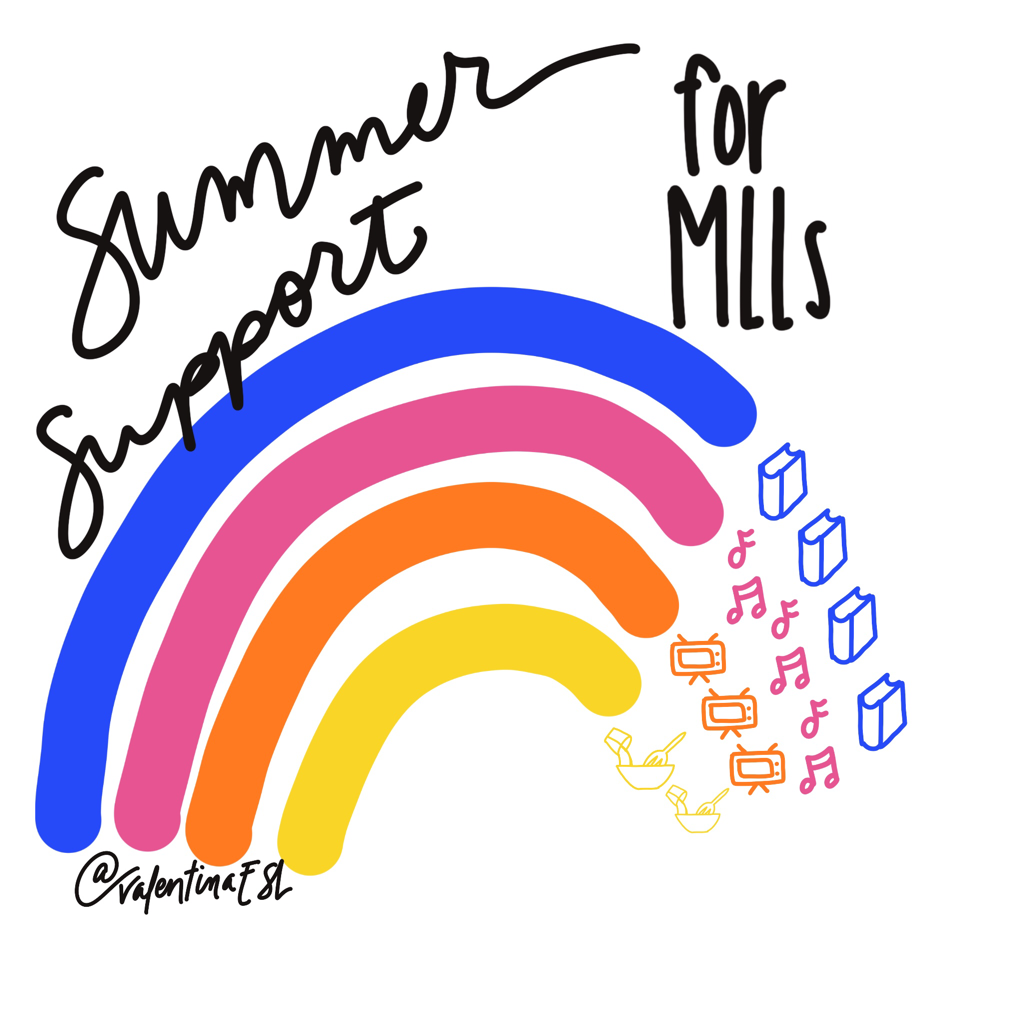
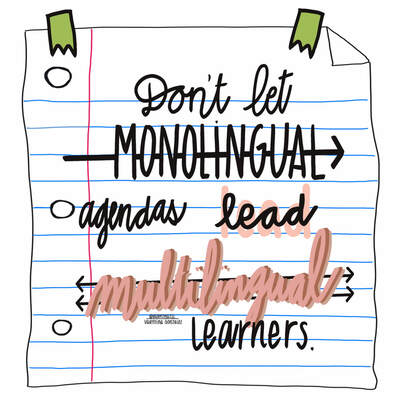
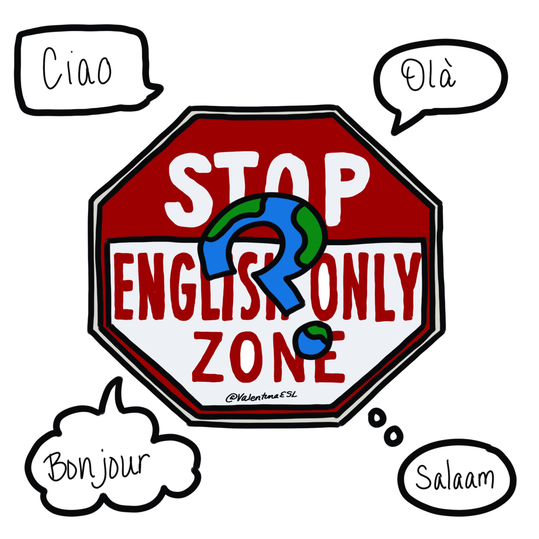
 RSS Feed
RSS Feed
